Environmental and Ecological Restoration
A city is not born a city; it is made into a city, at the cost of environmental well-being. The traditional urbanisation pattern of development over environment is all too well a testimony to this. The nature is (mis)designed for urban purposes: farmlands and wetlands gave way to factories, offices and apartments; forests are felled down for streets and highways. This all take its toll on the city-dwellers, who are in pursuit of a better life yet find themselves living with worsened air and water quality, lack of green public spaces, etc. Fortunately, most cities have ditched the unsustainable pattern and are paying dedicated attention to right the wrong, from remediation of broken ecosystems to creation of green spaces. This issue will look into how cities work toward the restoration.
FROM THE GUANGZHOU AWARD
Santa Fe, Argentina
Santa Fe's Western Urban Natural Reserve: Embracing the hydroclimatic risks

Santa Fe is located at the convergence point of two rivers, and thus it has been plagued with water-related disasters. With the Western Urban Natural Reserve project, the city aims to transform 142 hectares of reservoirs into a protected natural area that is also incorporated into a system of green public spaces. It directly benefits more than 80,000 residents and promotes socioeconomic development through labour training activities, incorporation of informal waste collectors, creation of community orchards and construction of nurseries… (read the full story)
Salvador, Brazil
Caravana Da Mata Atlântica
Environmental recovery program of the Canabrava Park

These two initiatives address the vulnerable situation of one of the most sensitive biodiversity locations in the world currently threatened by growing urbanisation. They take on a holistic and comprehensive approach to engage youth and target traditionally marginalised and at-risk communities most affected by deforestation. A specialised team of the SECIS develops and implements projects such as tree planting activities, together with the community. Other components of the initiatives are the use of sludge as fertiliser in the reforestation process and the conversion of a landfill into a public park... (read the full story)
Wuhan, China
The "rebirth" of urban waste dump – ecological restoration bridging the social gaps
When the City of Wuhan was asked to host a national garden expo in 2015, it decided to locate the expo and its accompanying garden in the ugliest and most polluted corner of their city and transformed it into a recreational area. The success of the transformation created an ecological belt of over 170 square kilometres. It reduced pollution and linked up the once unbearable sight of Zhanggong Dyke to provide an urban forest park for pedestrian and cyclists. The park has now become self-financing owing to the integration of commercial activities and incubator for new enterprises... (read the full story)
FROM THE WEB
"I'm proud to have brought the rain back": Reforestation revives Cambodian mountains
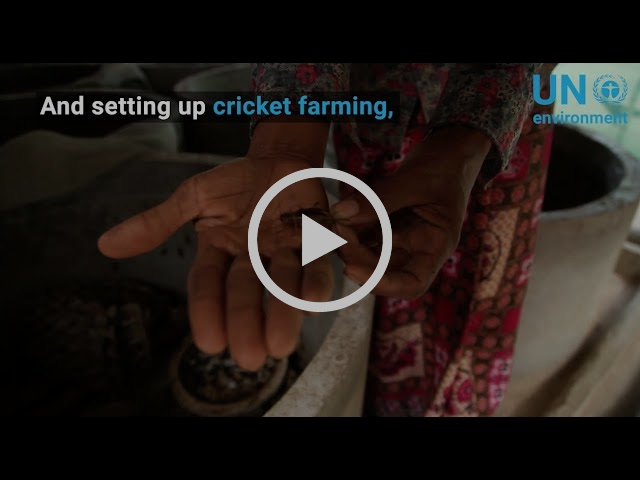
In recent decades, despite Kulen becoming a protected area, people have come not just to pick the sweet lychee fruits from which the mountain derives its name, but to cut trees to sell for luxury hardwood or charcoal in towns further down. The illegal logging of Kulen national park has laid bare vast patches of forest. As the tree cover has shrunk, the people living on top of the mountain have watched the rain clouds that used to gather above the forest shrink or slip away altogether… (read the full story)
The city within a garden
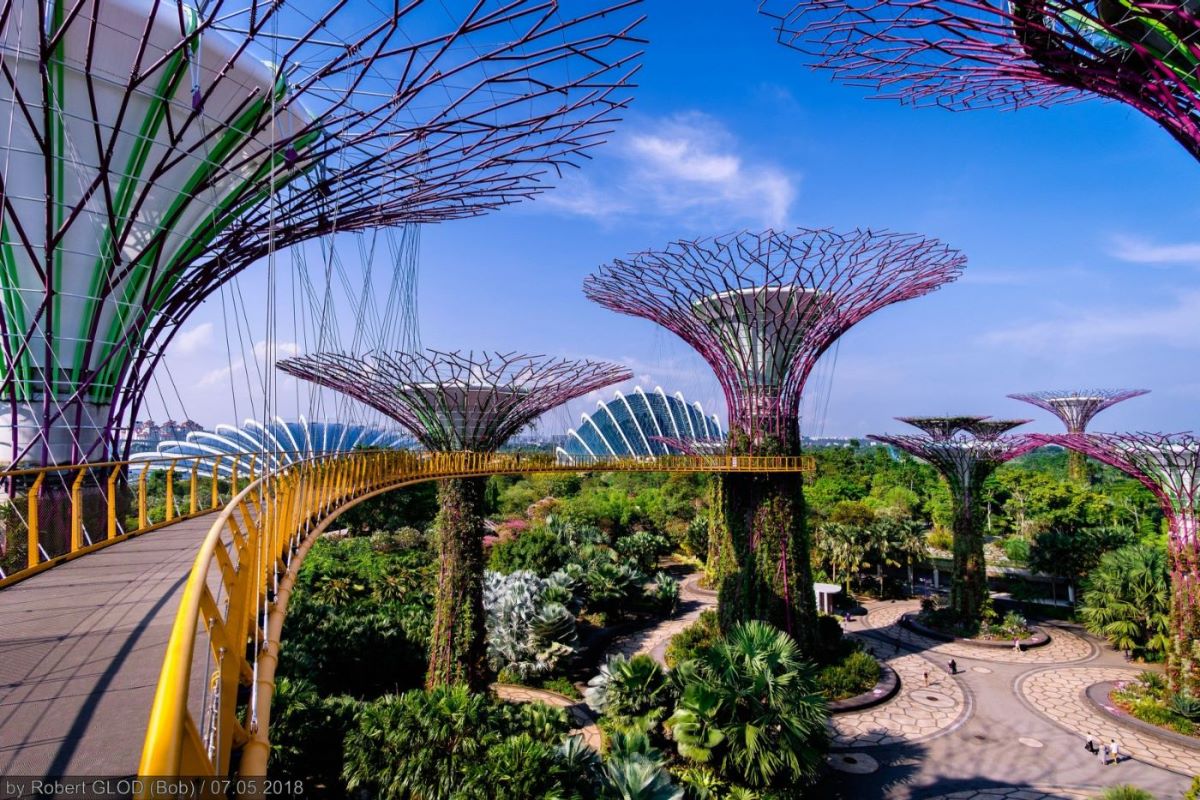
Melbourne and other cities such as Portland, Oslo, San Francisco and Singapore are embracing a far-reaching shift in their mental models about the city’s relationship to nature. In modern times, the city has been thought of as the dominant context in the natural environment; its physical, economic, and social needs were to be met by shaping the landscape near and far. Cities cleared and built upon the land, sweeping away natural habitats and species. They engineered control over waterways, consumed vast amounts of natural resources, and dumped enormous amounts of waste... (read the full story)
Lessons from China on large-scale landscape restoration
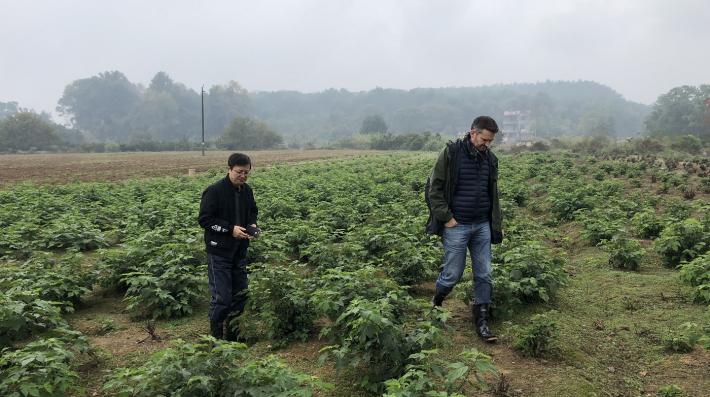
In the 1980s, the hilly Qianyanzhou region in Jiangxi Province, southern China, faced severe soil erosion due to deforestation and unsustainable farming practices. Fertile red soil was being washed away causing crop yields to tumble. But a remarkable change has taken place in the last 30 years thanks to a government-backed land-use plan which has seen the upper hills reforested, citrus orchards planted on moderate slopes, and rice paddies in valley bottoms… (read the full story)
FEATURED EVENTS
Resilient Cities Congress ICLEI 2019
Bonn, Germany 26-28 June 2019
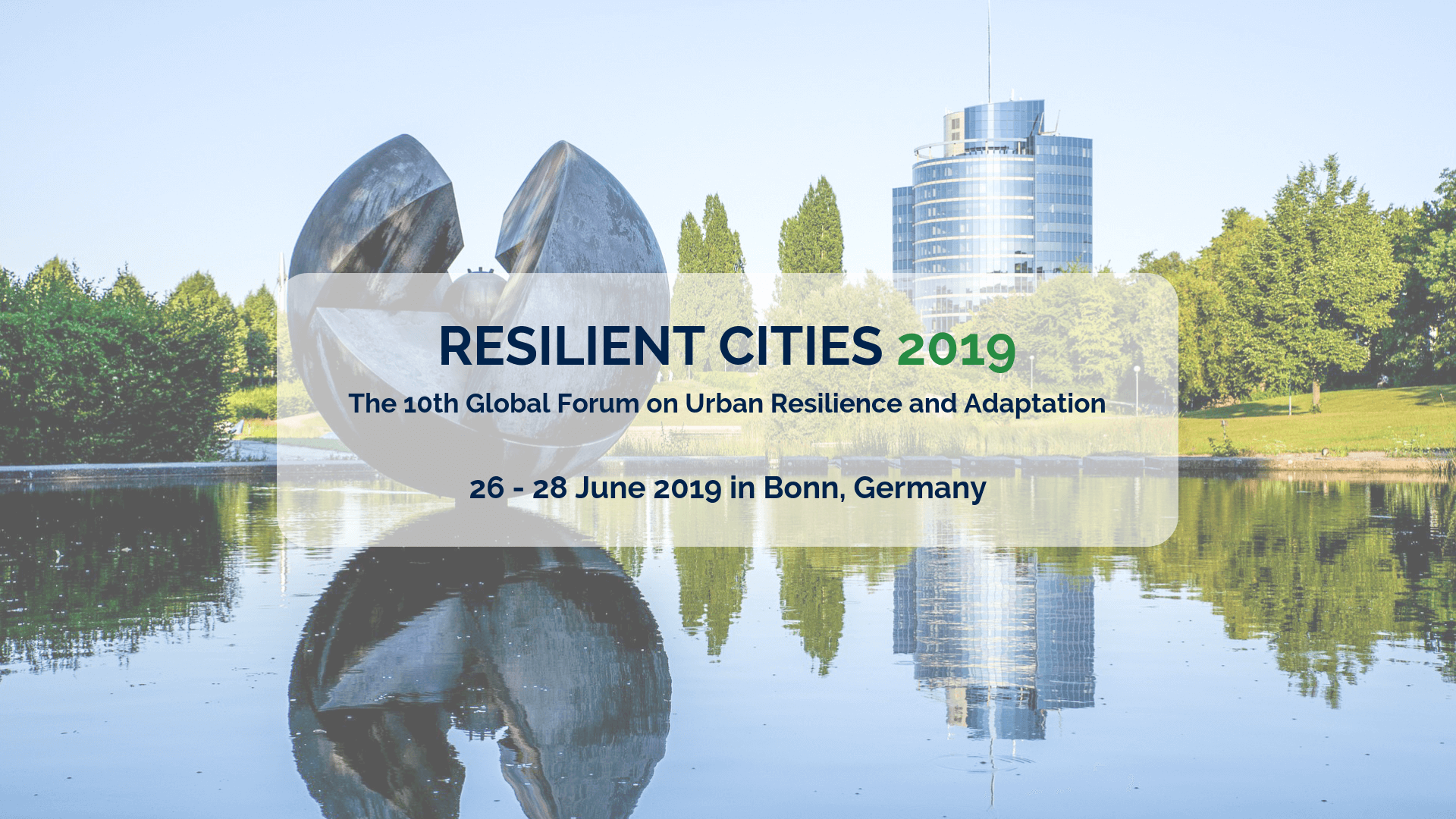
The Resilient Cities Congress ICLEI 2019 will present a 360° view on urban resilience: pathways towards implementing resilience; innovation in the realm of urban resilience; and building cohesive, healthy and resilient communities. The forum offers an opportunity for engagement among political leaders and representatives from the private sector, international organizations and research institutions. Through a mix of high-level plenaries, trainings, Reality-Check Workshops, debates, and parallel thematic sessions, they will explore multiple approaches to unlock resilience at the local level, which allow for innovation and improved social cohesion… (more details)
Ecocity World Summit
Vancouver, Canada 7-11 October 2019
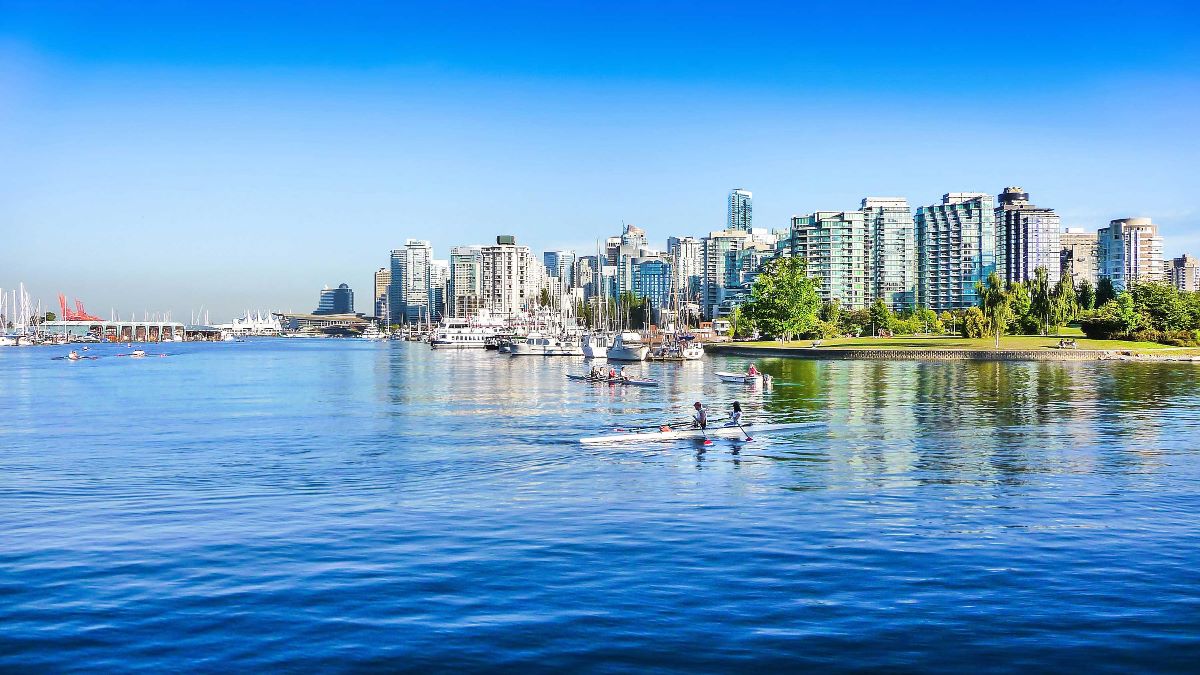
The Ecocity World Summit will explore the concept behind Socially Just and Ecologically Sustainable Cities through insightful presentations, educational field trips, and collaborative idea sharing. Important sub-themes include climate action, circular economies and informal solutions for sustainable development. Of special interest, the conference will focus on the much-anticipated International Ecocity Standards (IES). The IES has 18 standards pertaining to sustainable urban living grouped under urban design, bio-geophysical conditions, socio-cultural features, and ecological imperatives… (more details)


 In Focus | World Cities Day: People-Centred Smart Cities
In Focus | World Cities Day: People-Centred Smart Cities City Stories | Fostering community resilience: A lifeline for the Central African Republic
City Stories | Fostering community resilience: A lifeline for the Central African Republic In Focus | Innovative Education, Empowering Futures
In Focus | Innovative Education, Empowering Futures




















 Tel: +86 020 3780 4434
Tel: +86 020 3780 4434 Email: info@guangzhouaward.org
Email: info@guangzhouaward.org Adress: Unit 01-7, 28th Floor, No. 7, Chunrong 3rd Road, Tianhe District, Guangzhou, Guangdong, 510000, PRC
Adress: Unit 01-7, 28th Floor, No. 7, Chunrong 3rd Road, Tianhe District, Guangzhou, Guangdong, 510000, PRC




